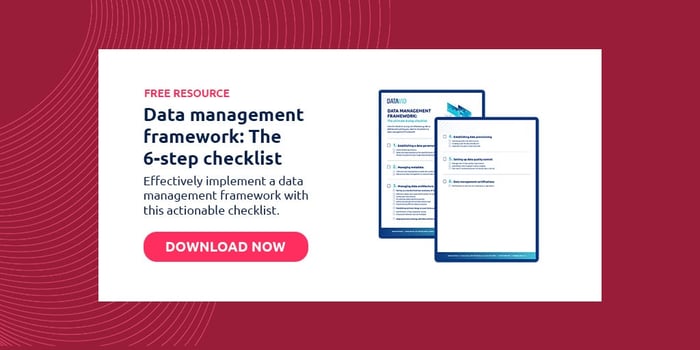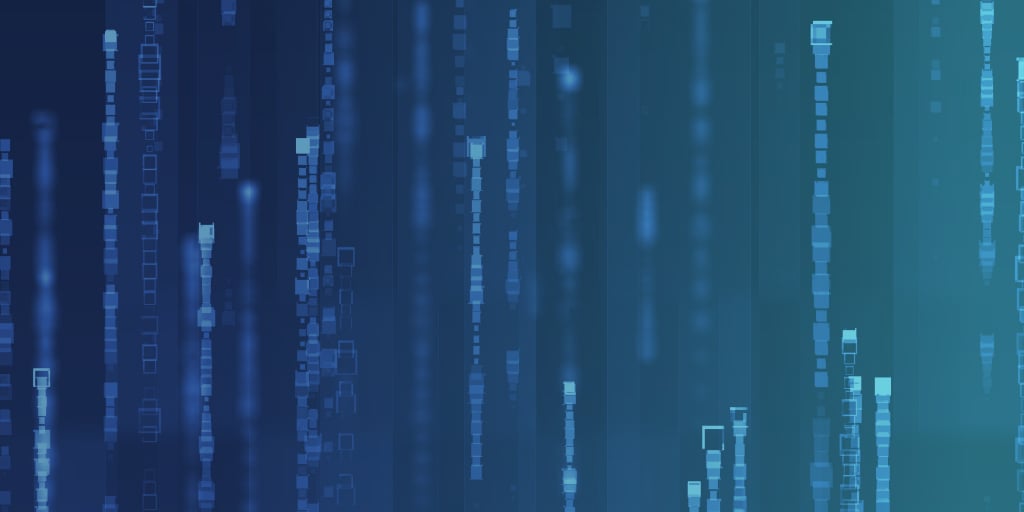3 minute read
Data ingestion vs data integration: How do these processes compare?
Data ingestion vs data integration: They may sound similar but are not synonymous. Here is how these two processes actually compare.
Table of contents
In simple terms, data ingestion moves raw data into a destination system through various sources while data integration unifies that data to produce a final result (business insights, financial analysis, etc).
Data ingestion and data integration are closely related concepts that are often used synonymously but are not the same.
In this article, we’ll help you understand the difference.
What is data ingestion?
Data ingestion is the process of importing data from one location (source) to another (destination) where it can be accessed, used, and analysed by the organisation.
The word ‘ingestion’ suggests part or all of the data is located outside the internal systems of the organization.
The destination could be a document store, database, data warehouse, etc. whereas a source may range from spreadsheets, SaaS data, in-house apps, and so on.
How data ingestion works
Data ingestion extracts data from the source and loads it to the destination.
A simple data ingestion pipeline applies a set of steps to transform the data along the way so that it can reach its target.
Data ingestion, particularly batch based, uses ETL process (Extract, Transform, Load) where data is transformed based on certain business logic.
For real-time ingestion, ELT (Extract, Load, Transform) is used, where not all the data needs to be transformed before it is first loaded to the destination.
Types of data ingestion
Ingestion can be achieved in various ways, such as in batches, in real-time, or using a combination of both.
- Batch-based data ingestion is the process of collecting and transferring data in batches at scheduled intervals, applied where real-time data is not required.
- Real-time / streaming data ingestion is the process of collecting and loading data without grouping it into the target location as soon as it is generated. It is expensive as it involves monitoring and is used where time is of the essence.
- Lambda data ingestion is a hybrid process involving both of the above.
Benefits of data ingestion
- Availability: Data is readily available in a single destination.
- Simplicity: Data gets transformed through ETL, in the data pipelines, into predefined formats which are easier to use.
- Improved efficiency: Through batch-based and real-time ingestion, repeated tasks are automated reducing manual efforts.
What is data integration?
Data integration is the process of consolidating data from multiple disparate sources into a single dataset.
It merges different data types such as data sets, documents, and tables to be used by applications for personal or business processes.
The purpose is to have a single source of truth.
How data integration works
Data integration has several key steps.
It starts with data preparation and data movement (which is actually data ingestion) to move data from source to destination.
During the ingestion phase, ETL or ELT is used to ensure data is compatible with the repository and existing data.
Lastly, automating the data warehouse eliminates repetitive design, development, deployment and operational tasks within the data lifecycle.
Types of data integration
- Manual integration: Most basic integration type, where a dedicated data engineer does the task of managing and coding data connections in real time.
- Application-based integration: Software applications locate, retrieve, clean, and integrate data from disparate sources.
- Middleware data integration: Software sitting between applications transfers integration logic from an application to a new middleware layer.
- Uniform data access integration: It accesses the data from disparate sets and presents it uniformly.
- Common data storage integration: It creates a new system in which a copy of the data is stored and managed independently of the original system.
Benefits of data integration
Data integration benefits businesses in several ways as it provides a unified view. Some advantages include:
- Actionable insights: Meaningful, effective business insights.
- 360-degree view: Complete view of the customer journey.
- No data silos: Improved access to cross-department data.
- Simple visualisation: Faster preparation for data visualisation.
- Less overhead: Minimised errors and rework.
Both ingestion and integration matter
Enterprises have data scattered across various sources, which often leads to losing track of business objectives—resulting in huge cost and time expenses.
Datavid can build your data ingestion and integration capabilities with unified data management using a knowledge engine like Datavid Rover.
This enables full data integration and improves productivity, speeding up business growth, and bringing overall costs down.
Get in touch with Datavid’s consultant to guide you through the details and build an appropriate data ingestion and integration strategy.
Frequently Asked Questions
What is the difference between data ingestion and data integration?
Data ingestion is bringing the data into your system through various sources and data integration is bringing data together to have a single source of truth.
How is data ingestion different from ETL?
Data ingestion is the process of moving the data from source to destination either batch-based, or real-time, or a mix of both (lambda). ETL refers to three step process including the transformation between extracting and loading.
What are the different types of data ingestion?
1. Batch-based ingestion where data is collected and transferred in batches at a specified interval.2. Real-time ingestion involving collecting the data in real-time and loading the same at the destination almost immediately. 3. Lamba which is a mix of batch and real-time ingestion.
What is a data pipeline?
A data pipeline is a set of steps that data has to go through from one point (source) to another (destination).




